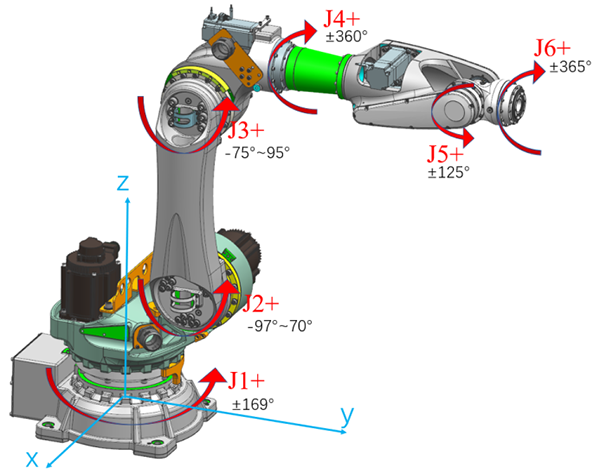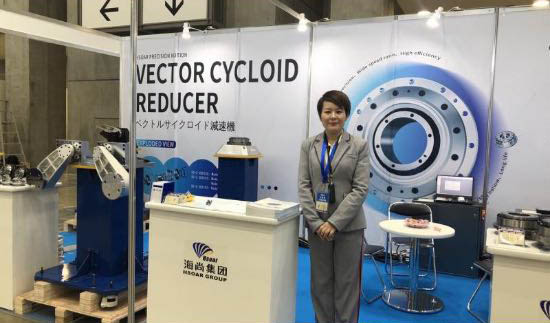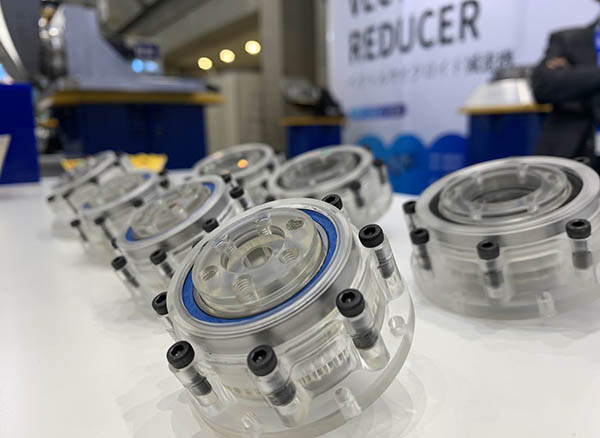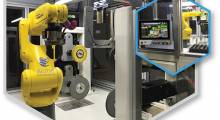Vibration is an important but easily overlooked topic in robotics design. Developers and engineers should focus as much on whether a reducer causes vibration as on its other characteristics. As businesses plan to use automation to augment or replace increasingly expensive human labor, they focus on two decisive factors: the return on investment and the expected service life of a robot.
At present, the world's robots reflect a compromise between rigidity and light weight as they are integrated with various artificial intelligence technologies.
Compared with traditional industrial robot arms, collaborative robots have more mechanical flexibility. However, cobots with safety features and such flexibility often exhibit significant vibrations during rapid point-to-point movements. Thus, it is difficult for them to guarantee the high-speed and high-precision performance requirements of most robotics applications.
Researchers seek ways to reduce vibrations
Some speed reducers have the characteristics of small size and almost no “dead end.” However, compared with more rigid robot body structures, the rigidity of the reducer is relatively much weaker, so it can become a major source of joint flexibility.
As a consequence, lightweight robot manipulators feature increased mechanical joint flexibility, compared to the traditional heavy and rigid industrial robots. Researchers find that the flexibility is located mainly in the joint gears consisting of strain-wave gears and in the links consisting of aluminum tubes.

Collaborative robots are designed to actively increase flexibility in the joints. When the joints are very flexible, the motion of the robot will show vibrations visible to naked eye.
The unwanted mechanical vibration of lightweight robot manipulators is not negligible when conducting high-speed rest-to-rest operation manipulations. Moreover, the end-effector oscillations are governed by flexural deformation of the joints and links.
To realize the so-called residual vibration suppression of lightweight robot manipulators, researchers have used an input-shaping method, but it is purely feed-forward and does not affect vibrations from external disturbances.
Other scientists have demonstrated how input shaping in joint space can cause significant Cartesian contour errors, such as when following a straight-line tool path.
Last year, researchers introduced joint-space, multi-mode TVIST, or multi-mode fractional delay time-varying input shaping technology (Multi-Mode FD-TVIST) to reduce vibration.
Precision ball cycloidal reducer offers relief
A precision ball cycloidal reducer is the recommended gearbox replacing strain-wave gears to provide the accuracy, repeatability, and rigidity through its full-contact, all-involve simple mechanism with a rolling steel ball.
This zero-backlash structure can achieves perfect precision, keep strong stiffness, and have a longer stable service life. This is especially suitable for high-precision lightweight robotics applications such as assembly, piece picking, and surgery assistance.
You may ask, “Why isn't there vibration from the precision cycloidal reducer?” Well, according to one story, Napoleon's soldiers once marched synchronously across a bridge, Their steps at the same frequency caused a resonance, which resulted in the bridge collapsing and over 200 casualties.
Since the frequency of the second cycloid movement is different from the first cycloid disk, the source of the vibration is eliminated. If the two frequencies are the same, there will be resonance.
In addition, it is almost impossible to destroy the cycloid, so the output mechanism will never wear out. Robotics makers and users can now acquire a reducer technology with a long life.
There is only one sound existed in cycloid motion, the output and speed changes in mechanism are all cycloid motions. Other gearboxes, like RV (rotate vector) reducers, have two mixed sounds.
The advent of precision ball cycloidal reducers is significant in the field of precision motion control. It overturns the 100-year-old traditional gear drive.

About the author
Erica Li is in charge of overseas business development, marketing, and sales in HSOAR Group Robotics. Before joining the company in 2019, she had 18 years of experience with marketing and business development at multinational and group manufacturing companies. In the past two years, Li has published more than 2,000 posts, articles, and videos on social networks.
Ruian City, China-based HSOAR is an authorized supplier of precision rolling-ball cycloidal reducers to top robotics brands.
Article topics
Email Sign Up
















